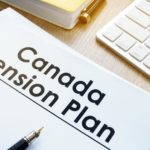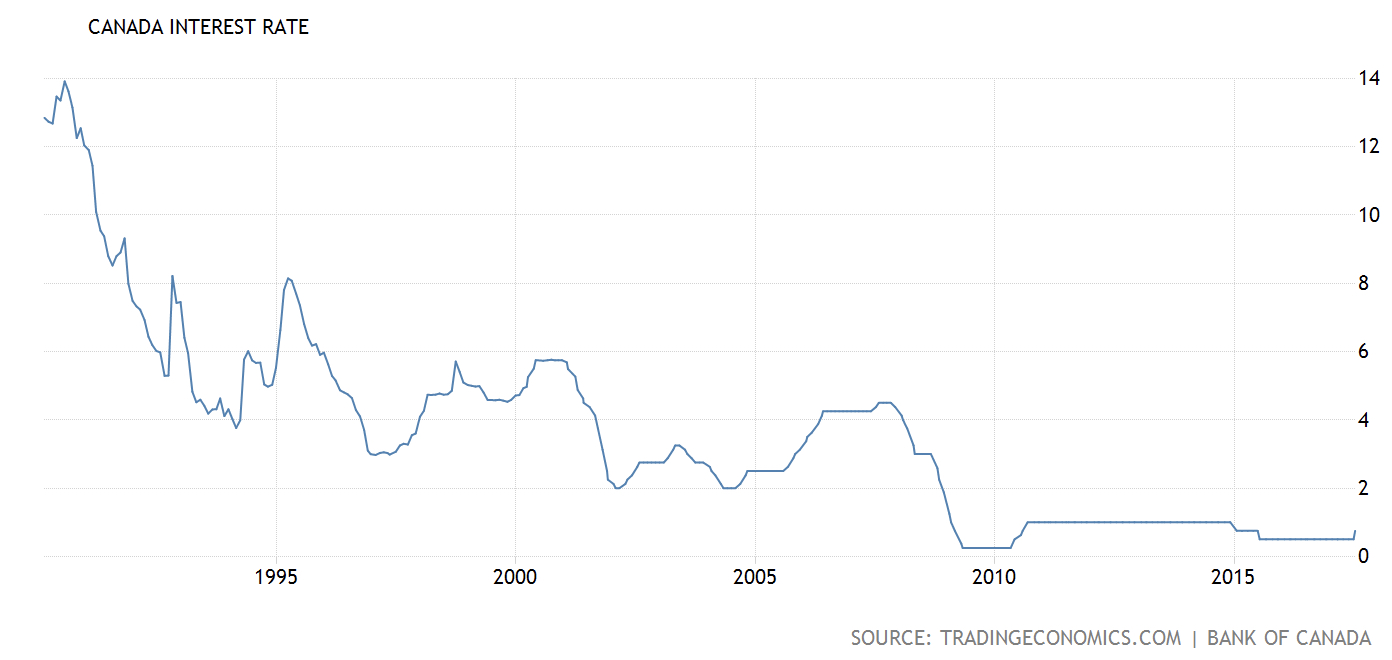By Michael J. Wiener
For some reason, people seem wired to want to take their CPP and OAS benefits early, myself included. They grasp for reasons to justify this emotional need even though a rational evaluation of the facts often points to delaying the start of these pensions to get larger payments. I recently read about another emotional reason to justify taking CPP and OAS early.
 We can choose to start taking CPP anywhere from age 60 to 70, but the longer we wait, the higher the payments. Less well known is that we can start taking OAS anywhere from age 65 to 70 with higher payments for waiting loger. It’s hard for us to fight the strong desire to take the money as soon as possible, and we tend to latch onto good-sounding reasons to take these pensions early.
We can choose to start taking CPP anywhere from age 60 to 70, but the longer we wait, the higher the payments. Less well known is that we can start taking OAS anywhere from age 65 to 70 with higher payments for waiting loger. It’s hard for us to fight the strong desire to take the money as soon as possible, and we tend to latch onto good-sounding reasons to take these pensions early.
But the truth is that most of us have to plan to make our money last in case we live long lives. Taking CPP and OAS early would give us a head start, but the much-higher payments we’d get starting at age 70 allow us to catch up quickly. If we live long lives, taking larger payments starting at age 70 is often the winning strategy.
Here I examine reasons to take these pensions early, ending with a longer discussion of the reason newest to me. Many of these reasons are inspired by other writing, such as a Boomer and Echo article on this subject. However, you’ll find my discussion different from what you’ll see elsewhere.
Let’s start with the best reason.
1.) You’re retired and out of savings
This is a good reason to take pensions early if you’re really running out of savings other than a modest emergency fund. However, just wanting to preserve existing savings isn’t good enough on its own. It makes sense to do a more thorough analysis to see what you’re giving up in exchange for trying to preserve your savings.
2.) You have reduced life expectancy
If you’re sufficiently certain that your health is poor enough that you’d be willing to spend down every penny of your savings before age 80, then this is a good reason to take pensions early. This is very different from “I’m worried I might die young.” If as you approach age 80 you would try to stretch out your savings in case you live longer, this has repercussions all the way back to how much you can safely spend today. Almost all of us have to watch how we spend now in case we live a long life. In this case you need to do a thorough analysis to see what you’re giving up in exchange for taking pensions early.
3.) You have long periods before age 60 with no CPP contributions
If you don’t work after age 60, but delay taking CPP until 65, the 5 years without making CPP contributions can count against you. Everybody gets to drop out the lowest 17% of their contribution months in the CPP calculation. So, if you never missed a year of CPP contributions from age 18 to 60, you can just drop out the years from 60 to 65, and you won’t get penalized. But if you had many months of low contributions over the years, then having additional low months from 60 to 65 will reduce your CPP benefits.
I am in this situation. However, from 60 to 65 you go from receiving 64% to 100% of your CPP plus any real increase in the average industrial wage. Taking into account all factors, I expect my CPP to rise by about 47% by delaying it from 60 to 65. This is less than it could have been without the penalty of not working from 60 to 65, but it is still a significant increase.
Delaying CPP further from 65 to 70 is a simpler case. There is a special drop-out provision that allows you to not count the contribution months between 65 and 70. CPP benefits increase from 100% of your pension at 65 to 142% at 70.
CPP benefits rise significantly when you delay taking them. Even if you can’t use your 17% drop-out for all the contribution months from age 60 to 65, you may still benefit from delaying CPP.
4.) You want to take the CPP and OAS and invest
People don’t generally get this idea on their own. It often comes from a financial advisor. You’re unlikely to invest to make more money than you’d get by delaying CPP and OAS, particularly if you pay fees to a financial advisor.
5.) The government might run out of money to pay CPP and OAS
The government might introduce wealth taxes on RRSPs too. Despite what you might have heard from financial salespeople, CPP is on a strong financial footing. Many things may change in the future. It doesn’t make sense to overweight the possibility of cuts to CPP or OAS.
6.) You want the money now to spend while you’re young enough to enjoy it
My wife and I are retired in our 50s. When I analyze how much we can safely spend each month, the number is higher when we plan to take both CPP and OAS at 70. That’s right; we can spend more now because we plan to delay these pensions. It works out this way because CPP and OAS help protect against the possibility of a long life. Continue Reading…





